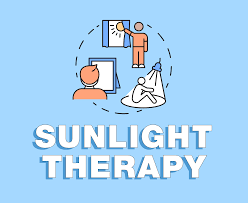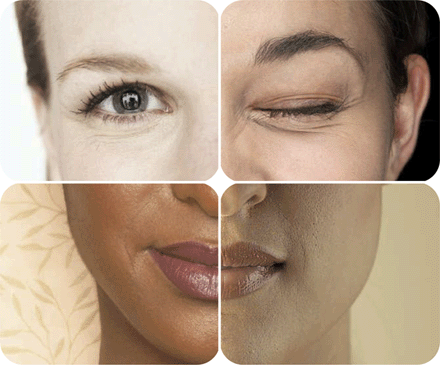Unveiling the Science Behind Suntans: Exploring the Role of Receptors in Skin Pigmentation The…

Understanding SAD Syndrome: Symptoms and Treatments
Seasonal Affective Disorder, or SAD syndrome, is a type of depression that affects a significant number of people each year. It particularly affects those who live in areas with long and dark winters. The exact causes of SAD are not fully understood, but it is believed to be related to the decrease in sunlight that occurs during the winter months. The lack of sunlight can disrupt the body’s internal clock, known as the circadian rhythm. This leads to changes in hormones, such as melatonin and serotonin, which can contribute to symptoms of depression.
Symptoms of SAD syndrome can vary from person to person, but generally include feelings of sadness, hopelessness, and anxiety, as well as changes in appetite, difficulty sleeping, and a lack of energy or motivation. Some individuals with SAD syndrome may also experience social withdrawal or decreased interest in activities they previously enjoyed.
Treatment of SAD
One of the most effective treatments for SAD syndrome is light therapy, which involves exposure to bright artificial light that simulates natural sunlight. This therapy can be done at home with a special light box or lamp, or it can be done in a clinical setting. The light is typically used for 30 minutes to an hour each day, either in the morning or evening, depending on the individual’s preference.
In addition to light therapy, medication can also be helpful in treating SAD syndrome. Antidepressants, particularly selective serotonin re-uptake inhibitors (SSRIs), have been shown to be effective in reducing symptoms of depression in individuals with SAD syndrome. However, as with all medications, there can be side effects, and it is important to speak with a healthcare provider to determine if medication is right for you.
Lifestyle and SAD
Lifestyle changes can also be effective in treating SAD syndrome. Regular exercise, particularly outdoor exercise, can help improve mood and reduce symptoms of depression. Eating a healthy and balanced diet can also be beneficial, as can spending time outside during the day to increase exposure to natural light. In some cases, counselling or talk therapy may also be helpful in addressing underlying emotional or psychological issues that may be contributing to symptoms of depression.
It is important to note that SAD syndrome can have a significant impact on an individual’s quality of life, and it is not something that should be ignored or dismissed. If you are experiencing symptoms of depression; particularly during the winter months, it is important to speak with a healthcare provider to receive an accurate diagnosis and determine the best course of treatment for your needs. With the right treatment and support, individuals with SAD syndrome can manage their symptoms and improve their overall well-being.
In conclusion,
SAD syndrome is a type of depression that occurs during the fall and winter months when there is less sunlight. It is a common condition that can be mild or severe, depending on the individual. If you think you may have SAD syndrome, it is important to speak with your healthcare provider to receive an accurate diagnosis and determine the best course of treatment for your needs.




This Post Has 0 Comments